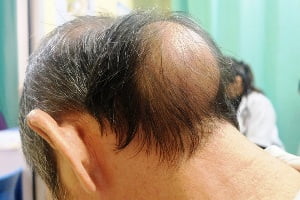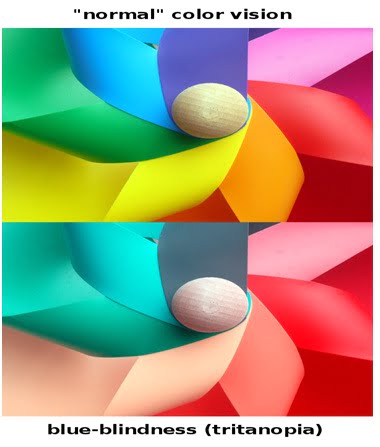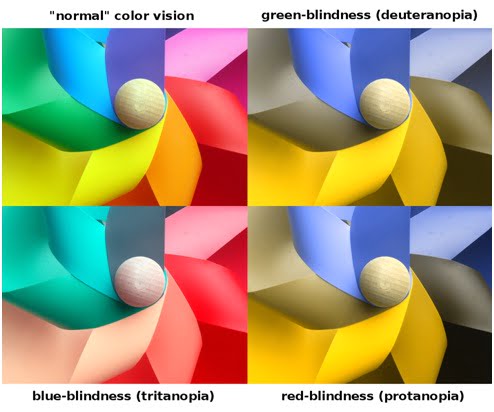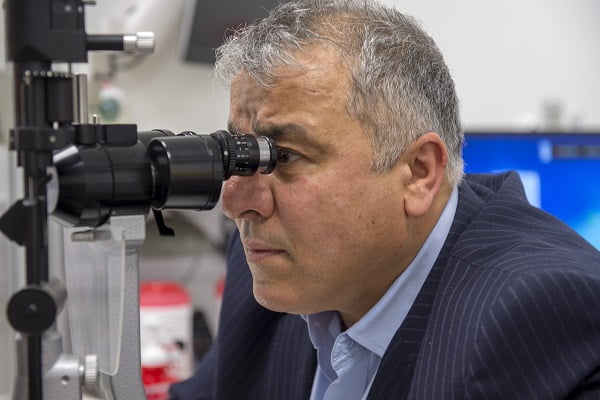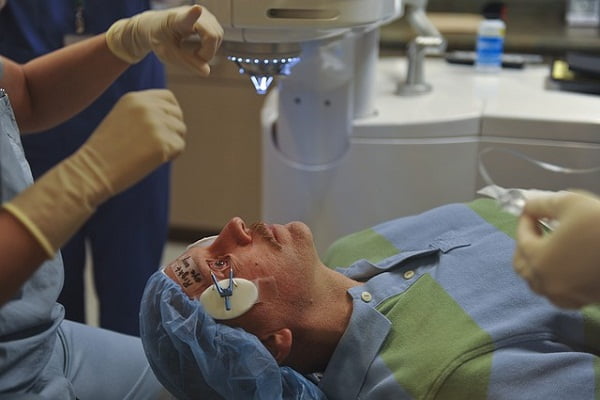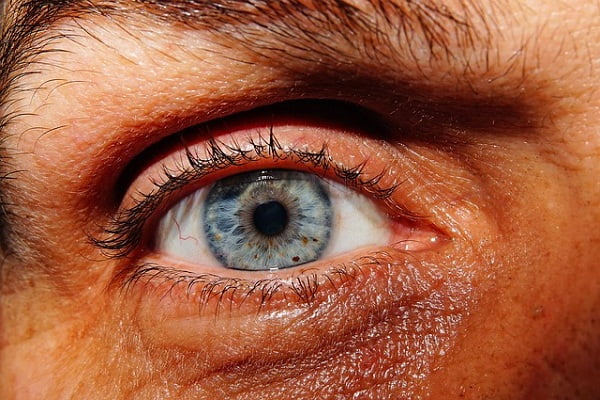Browsing: Eye Health

The page provides quick access to a list of common eye diseases, syndromes, health conditions, and other topics of health importance. The list is organized alphabetically. Links are provided to respective diseases sections that serve as a comprehensive and ultimate guide about the disease or health condition.
Eyes are the most complex and essential sensory organ of our body. Several parts of the eye work together to produce a clear vision. Most people suffer from various types of eye disorders such as age-related macular degeneration, cataract, diabetic eye disease, glaucoma, low vision and dry eye.
Visual impairment is a national and global health concern which creates a negative impact on the physical and mental health of an individual. These visually impaired people are at a high risk for chronic health conditions, accidents, social withdrawal, depression, and mortality.
Most people may experience an eye problem at some point in their life. Some of them may be minor conditions, which can be cured easily whereas others may require a specialist’s care. Eye disorders mostly occur in elderly people due to weakness of eye muscles or due to another medical condition such as diabetes, infections and brain or neuronal disorders.
It is ideal to undergo regular eye checkups, as many eye diseases do not show obvious symptoms. Early detection and treatment of eye problems could easily prevent vision loss.
Certain eye diseases which are quite prevalent worldwide include cataract, glaucoma, nearsightedness, farsightedness, astigmatism, diabetic retinopathy, dry eye syndrome, color blindness and conjunctivitis.
Blindness due to diabetic retinopathy is very common in the United States and in some cases, it cannot be controlled by simple preventive measures. Anti-VEGF medications, laser treatment and vitrectomy (eye) surgery can be recommended for vision improvement.
Color blindness, also known as color vision deficiency, occurs when photoreceptors in the retina of the eye lack certain light-sensitive…
Blue-Yellow Color Blindness or Blue-Green Color Blindness
Knowing about Colorblindness Abnormal photo-pigments are known to cause genetic or inherited color blindness. These photo-pigments are color-detecting molecules which…
Red-Blue Color Blindness
Is there red blue color blindness? There are three main kinds of color blindness primarily depending on the types of…
Cure for Color Blindness
Color blindness correction Colorblindness is a sex-linked recessive disorder. People who suffer from it have difficulty in distinguishing between colors.…
Red-Green Color Blindness
Understanding colorblindness Color-blindness is observed when a person is not able to distinguish between certain common colors such as red,…
Color Blindness in Women
Understanding the basics of color blindness in women People often get confused with the term “color blind” because even after…
What is a diabetic eye disease? Diabetes may affect various parts of the eye, including the retina, macula, lens and…
Vitrectomy operation is 90% effective in curing problems of the eye. Eye vitrectomy is recommended to treat problems such as retinal detachment, macular degeneration, scarring of tissues, etc. The recovery time is estimated to be about 5 weeks. In the procedure, the infected vitreous humor gel is removed and replaced with saline water, gas bubble or silicone oil.
Different Stages of Keratoconus
Keratoconus is classified as stage 1, 2, 3 and 4, which range from mild to severe cases of keratoconus. Each stage of keratoconus signifies steepening of the central corneal, morphological and topographical patterns of the cone in eyes. The treatment method for each stage keratoconus may be different.

